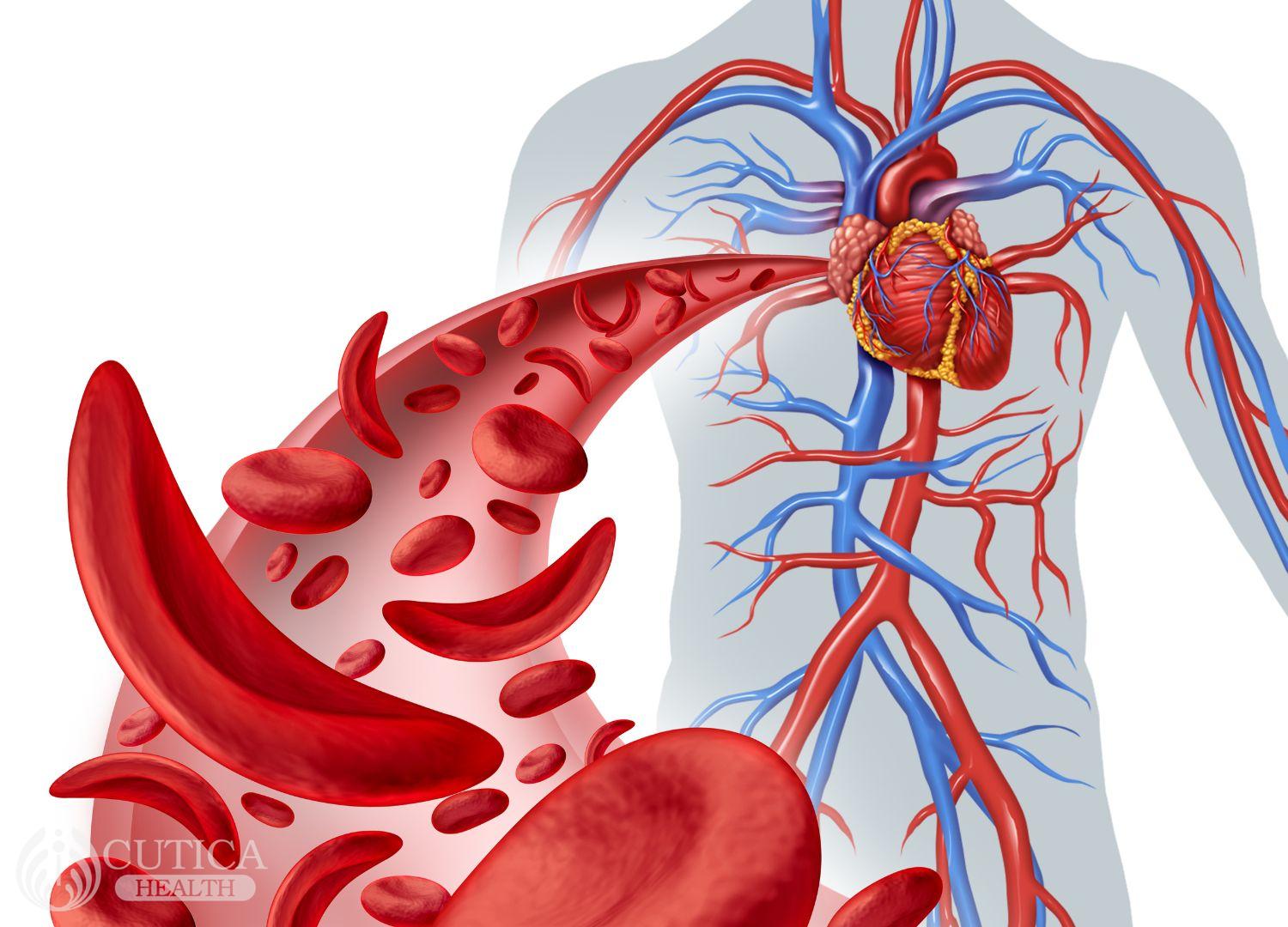Jade lay on her bed, clutching her right hip in agony. She had been experiencing severe pain in her hip for the past few days, and no amount of painkillers seemed to provide relief. Jade had sickle cell anemia, and it was not her first time experiencing this pain. She knew sickle cell anemia could cause hip pain and worried it might be more serious this time.
Sickle Cell Anemia: An Overview
Sickle cell anemia is an inherited blood disorder that affects red blood cells. People with sickle cell anemia have abnormal hemoglobin, a protein in red blood cells that carries oxygen throughout the body.
The abnormal hemoglobin causes the red blood cells to become abnormally shaped and rigid, resembling a sickle or crescent moon. These abnormal red blood cells can get stuck in small blood vessels, causing blockages that reduce blood flow and oxygen to the affected area. This can cause various symptoms, including pain, anemia, organ damage, and stroke.
Hip Pain in Sickle Cell Anemia: Causes and Symptoms
Hip pain is a common complication of sickle cell anemia. The hip joint is a ball-and-socket joint that connects the thigh bone to the pelvis.
The hip joint is susceptible to damage in people with sickle cell anemia due to a lack of blood flow and oxygen to the area. Over time, this lack of blood flow can cause damage to the bones and joints in the hip, leading to chronic pain and arthritis.
The symptoms of hip pain in sickle cell anemia can range from mild discomfort to severe pain. Some people may experience pain only during physical activity or after prolonged periods of sitting or standing. Others may experience constant pain that limits their ability to perform daily activities. Hip pain may also be accompanied by swelling, stiffness, and limited range of motion in the hip joint.
Diagnosing Hip Pain in Sickle Cell Anemia
If you are experiencing hip pain and have sickle cell anemia, it is vital to seek medical attention. Your doctor will perform a physical exam and may order imaging tests such as X-rays, CT scans, or MRI to evaluate the hip joint and surrounding structures. These tests can help your doctor determine the underlying cause of your hip pain and develop an appropriate treatment plan.

Treating Hip Pain in Sickle Cell Anemia
Treatment for hip pain in sickle cell anemia will depend on the underlying cause and severity. Patients may manage mild pain with over-the-counter pain relievers such as acetaminophen or ibuprofen. Your doctor may also recommend physical therapy or exercise to help improve hip joint flexibility and strength.
For more severe hip pain, your doctor may prescribe stronger pain medications, such as opioids, to help manage pain. Surgery may sometimes be necessary to repair or replace damaged hip joints.
Preventing Hip Pain in Sickle Cell Anemia
While it may not be possible to prevent hip pain in sickle cell anemia entirely, there are steps you can take to reduce your risk of developing hip complications. These include:
- Staying hydrated: Drinking fluids can help keep your blood flowing smoothly and reduce the risk of blood clots.
- Managing pain: Taking pain medications as directed can help prevent pain from becoming severe and limit the risk of complications.
- Exercising regularly: Regular exercise can help improve joint mobility and strength, reducing the risk of joint damage and pain.
- Avoiding triggers: Certain activities or situations, such as extreme temperatures or high altitudes, can trigger sickle cell pain episodes. Avoiding these triggers can help reduce the risk of pain episodes.
- Seeking regular medical care: Regular check-ups with your doctor and staying up-to-date with recommended screenings and vaccinations can help detect and prevent complications of sickle cell anemia, including hip pain.
Living with Hip Pain in Sickle Cell Anemia
Hip pain can significantly impact a person's quality of life, particularly in people with sickle cell anemia, who may experience pain and other complications from the disorder. Working closely with your healthcare provider to manage your hip pain effectively and prevent further complications is essential.
In addition to medical treatment, self-care techniques such as rest, ice, heat therapy, and gentle stretching exercises can help manage hip pain in sickle cell anemia. Maintaining a healthy lifestyle, including a nutritious diet, regular exercise, and stress management techniques, is also essential.

Conclusion
Hip pain is a common complication of sickle cell anemia, affecting many people with the disorder. By understanding the causes and symptoms of hip pain in sickle cell anemia, seeking appropriate medical care, and preventing complications, people with sickle cell anemia can effectively manage their hip pain and improve their overall quality of life.

